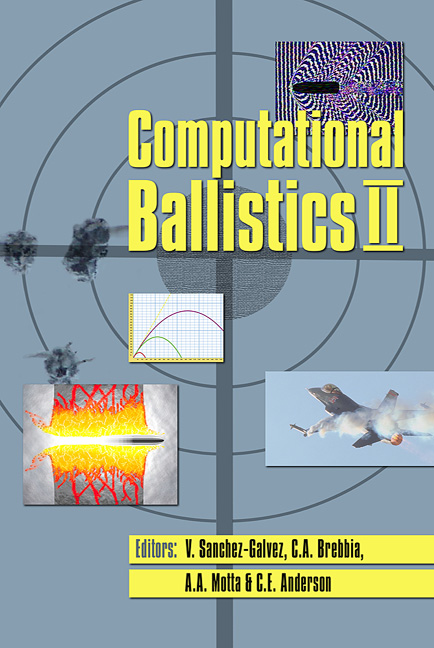Response Of Model Structure To The Proximity Of An Underwater Explosion
Price
Free (open access)
Transaction
Volume
40
Pages
8
Published
2005
Size
323 kb
Paper DOI
10.2495/CBAL050101
Copyright
WIT Press
Author(s)
Y. Kato, K. Murata & K. Takahashi
Abstract
The importance of underwater explosion tests is increasing to assess the vulnerability of ships and underwater structures against underwater explosion phenomena. The near-field underwater explosion causes severe fluid-structure interaction on a target; shock wave contact, resulting fluid cavitation formation and closure, and finally bubble expansion and collapse leading possibly to water jet impact. A series of near-field underwater explosion tests were performed to investigate the response of a model target during underwater shock and bubble pulse loading. The relation between deformation of a model target and the effect of explosive composition was obtained. 1 Introduction During the last decades, the underwater explosion tests have contributed extensively to understand the detonation effects of explosives in terms of their measured underwater shock wave and bubble effects. The underwater shock wave and bubble period have been widely measured to determine the underwater explosion performance of various explosives [1, 2]. Much attention has been paid to the underwater shock wave, and only limited data exists for bubble pulse. In our recent works, we measured precisely bubble pulse profile by pressure gauge using fluoropolymer as sensing element [3, 4]. The experimental results showed that the impulse of bubble pulse is about 1.5-2.5 greater than that of the underwater shock wave, although peak bubble pulse pressure is only 15-30% of peak shock wave pressure. Consequently, bubble pulse was shown to present important dynamic loading against the underwater targets. In recent years, the importance of the underwater explosion tests is increasing to assess the vulnerability of ships and underwater structures against the
Keywords




